Sinking Spring Cemetery in Abingdon, Virginia
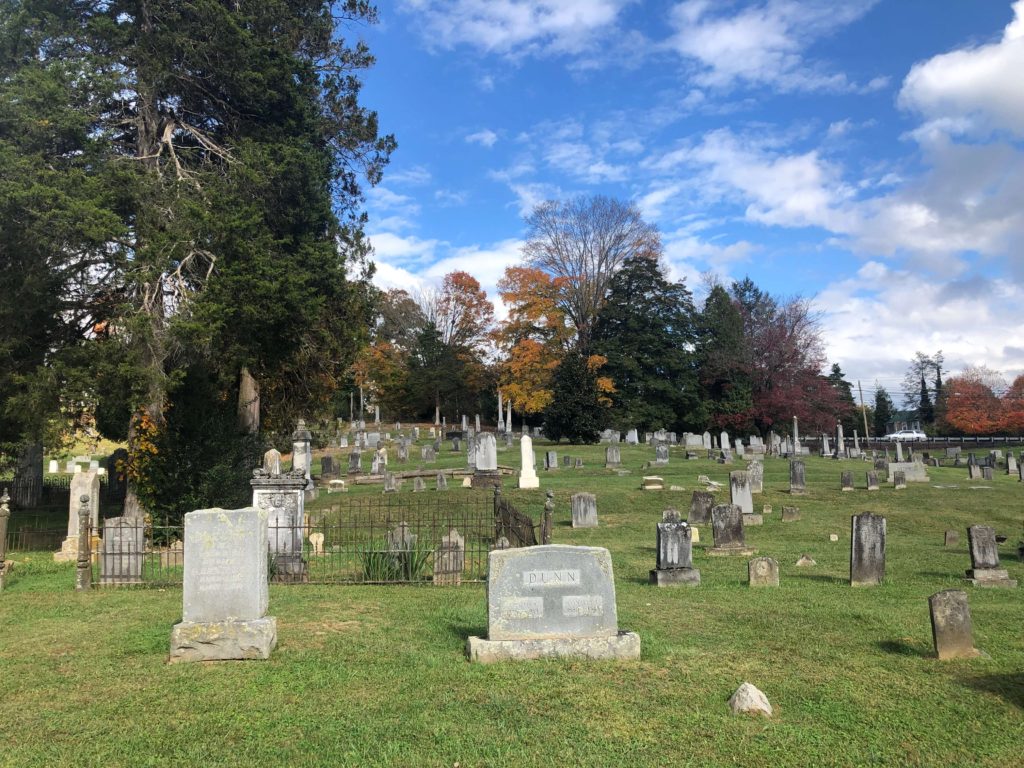
When I offered to take my kids exploring in Sinking Spring Cemetery in Abingdon, Virginia, there were some mixed emotions. My oldest wanted to see a ghost. My youngest just wanted to get out of the car. And right there in the middle, my 8-year-old thought it was just too sad.
Spoiler alert! We did not see any ghosts.
Our experience was much calmer and more somber than that. It was beautiful, serene, and interesting. It gave us the chance to explore the history of southwestern Virginia up close.
I have fond memories of driving by the Sinking Spring Cemetery because it marked the end of our long, boring drive down I-81. Seeing the ivy-covered tomb was how I knew we were only about 45 minutes from my grandparents’ house!
As we passed, my mother would tell me hints about who might be in the Tomb of the Unknown Soldier. Of course I know know why it is called the Tomb of the Unknown Soldier, but as a child I believed she knew and was keeping the mystery from me!
Back then, we never actually stopped at the cemetery as it was fairly close to our destination and my parents traveled with purpose. This time, I was determined to make the stop!
Sinking Spring Cemetery
Before our visit, we stopped at the entrance for a guide booklet. (You can also pick one up at the Abingdon Convention & Visitors Bureau when it is open.) Here’s what we learned.
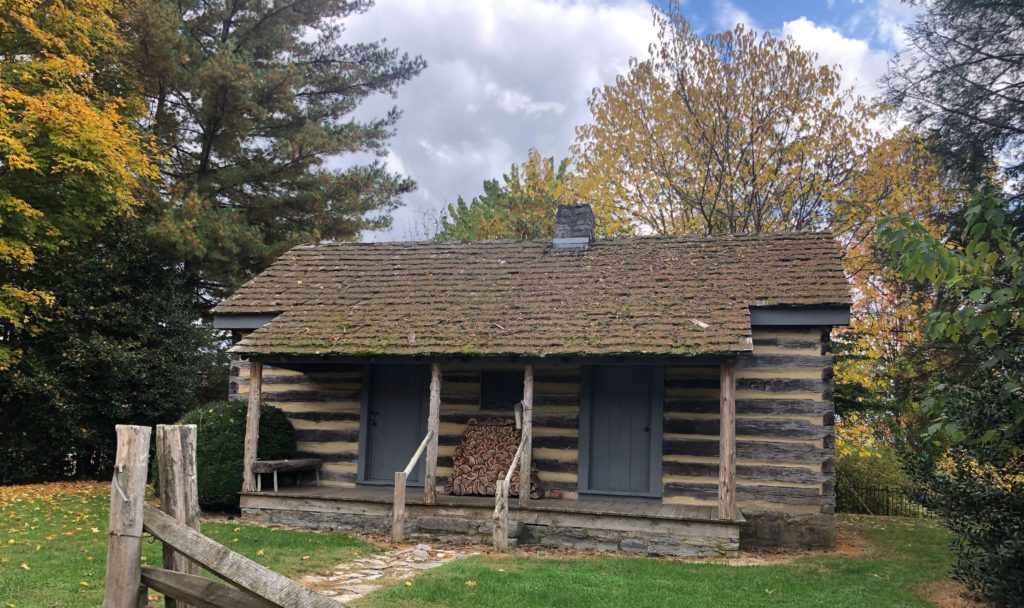
The Sinking Spring Presbyterian Church was first organized in 1773. The church began congregating in a log building located on the current cemetery grounds. The still-active church has since moved several times and the cemetery now belongs to the Town of Abingdon.
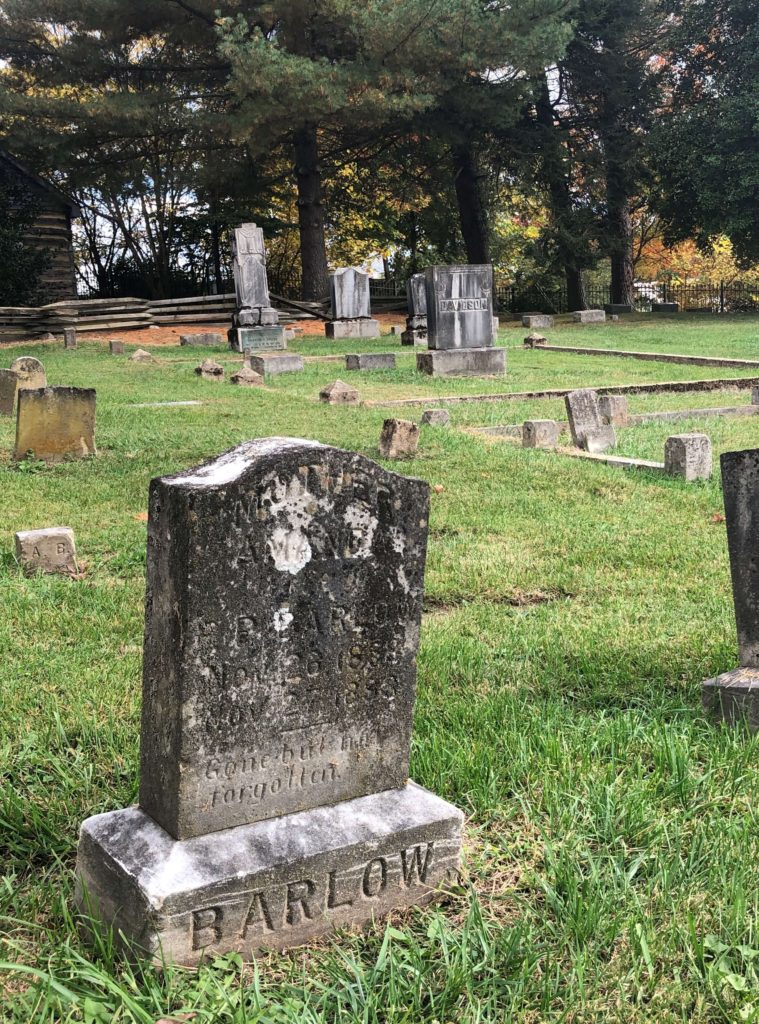
The Sinking Spring Cemetery spans 11 acres. It is estimated that there are 2,500 graves on site. Of those, about 2,000 are marked.
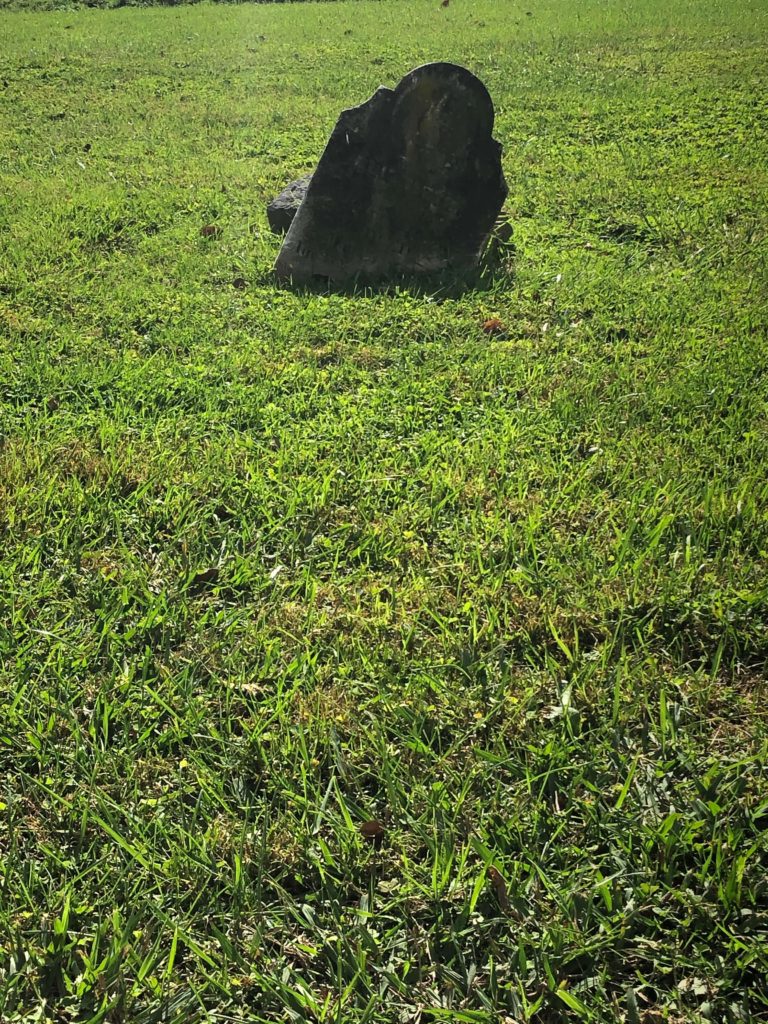
The first person buried was Henry Creswell of Abingdon; he was killed by American Indians in 1776.
Tombs and Memorials
Famous memorials include those belonging to Virginia Governors David Campbell and John Buchanan Floyd and those belonging to Virginia Congressmen James King Gibson, George Washington Hopkins, John Hall Fulton, and Connally Findlay Trigg.
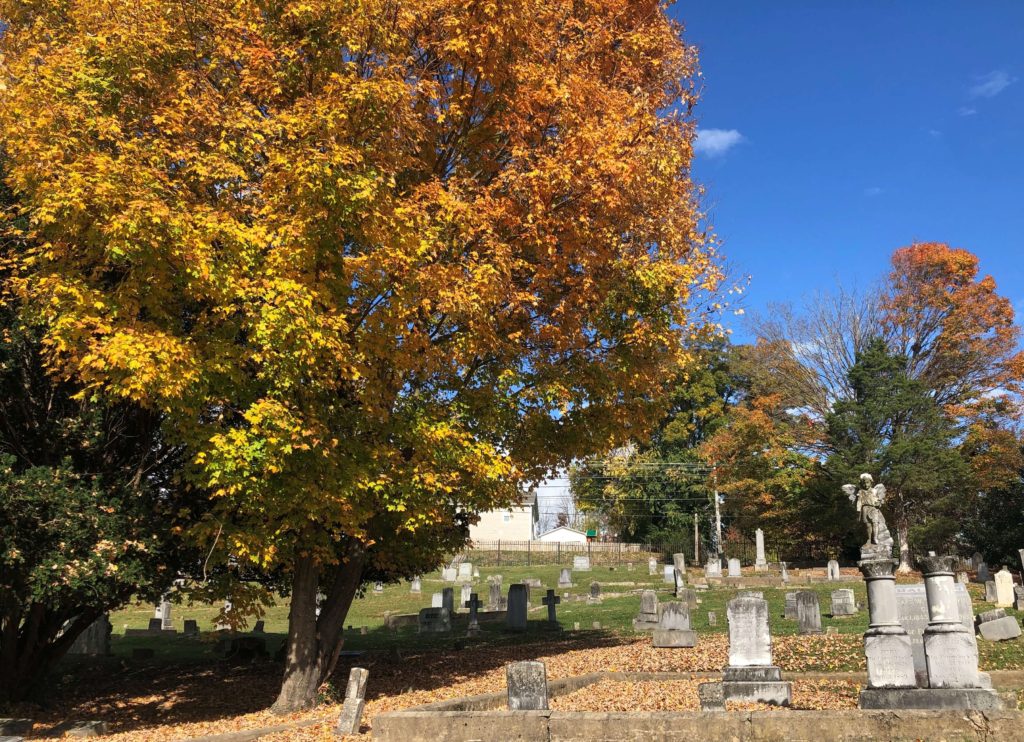
The soldiers I was so interested in learning about were members of the Confederacy, though their fate is most likely the result of a train wreck and not a battle. They weren’t buried in the tomb, but in a small plot near Russell Road.
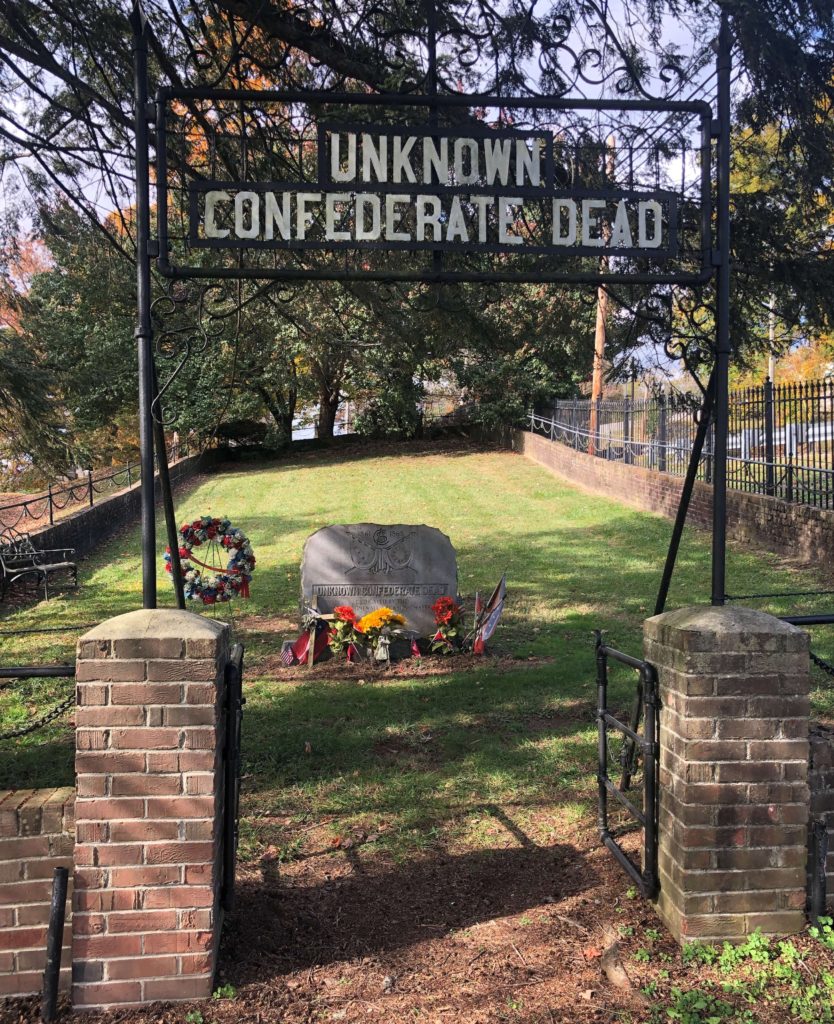
The African American cemetery, mostly void of headstones or other markers, is located across the street. It has no path through by car and no main gate access. The stark contrast serves as another reminder of the inequities of the time.
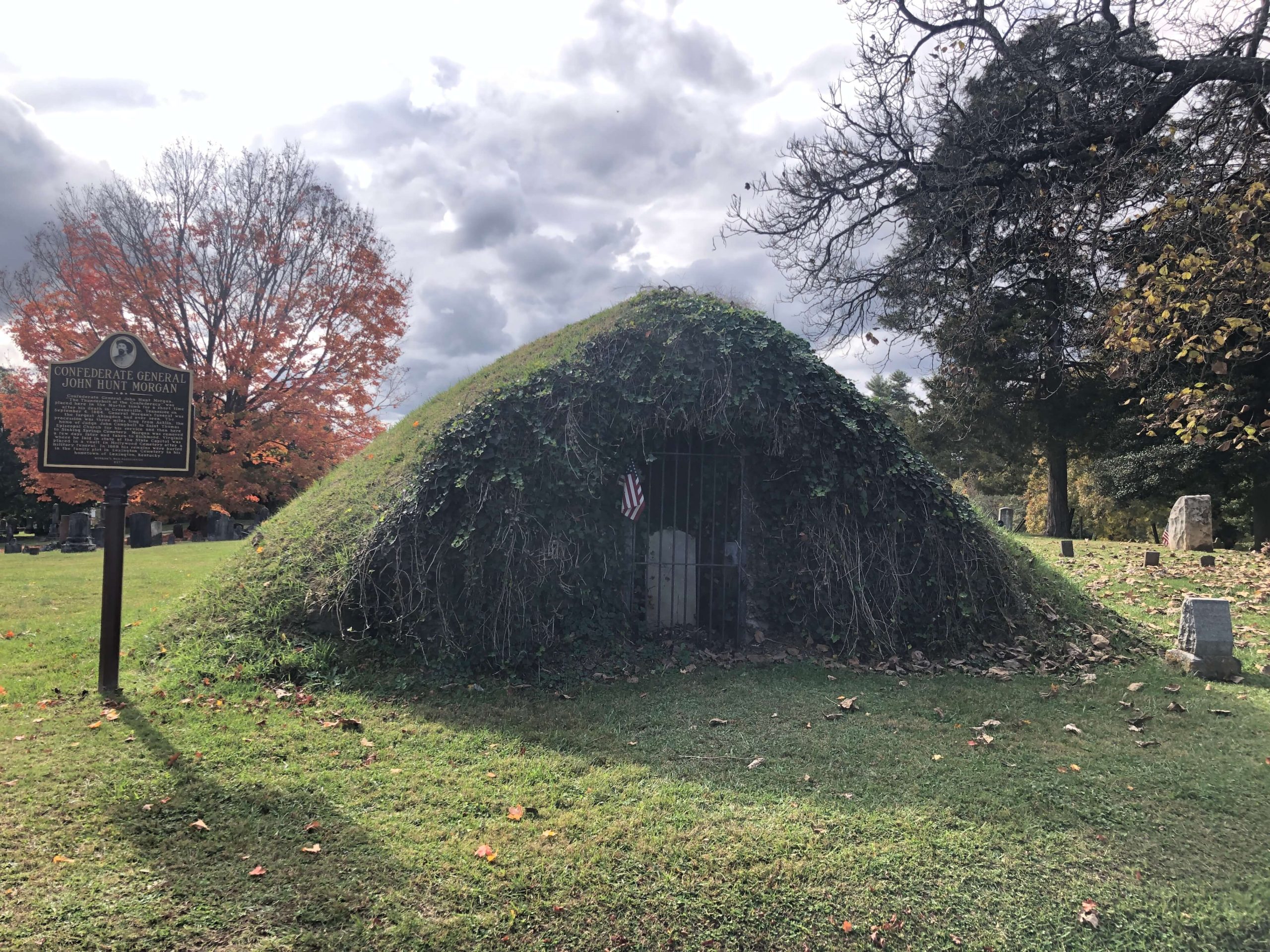
The tomb that so intrigued me didn’t belong to the unknown or to soldiers. Malinda and John Henry Martin are laid to rest inside. (To my mother’s credit, it was the temporary resting place of the remains of General John Hunt Morgan, whose body was exhumed and taken to Richmond a few days later.)
My mother really did believe it belonged to unknown soldiers, so in learning more about the cemetery, I changed a bit of our family lore as well. Now when I drive by with my kids, I’ll tell them that a married couple was laid to rest together in a tomb covered in ivy.
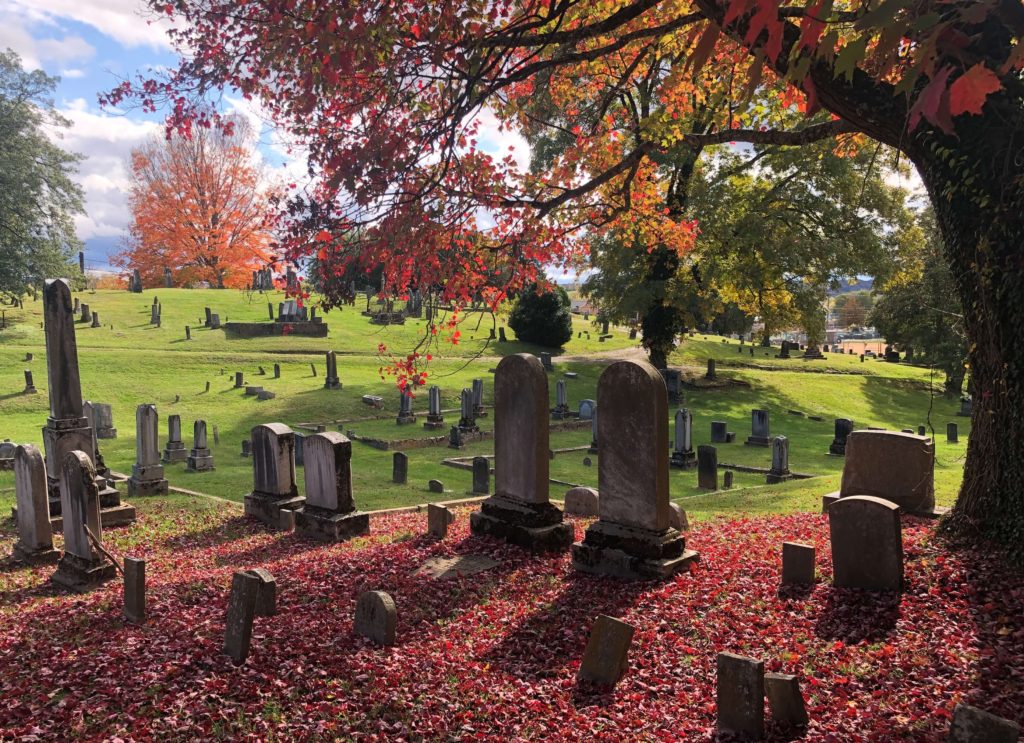
Plan Your Visit
Sinking Spring Cemetery
Valley Street & Russell Road
Abingdon, Virginia 24210
website


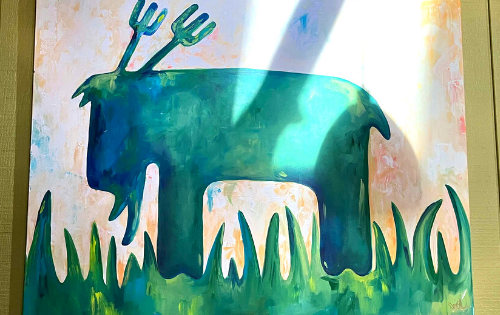
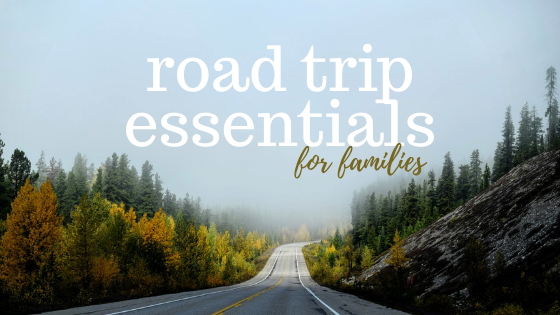
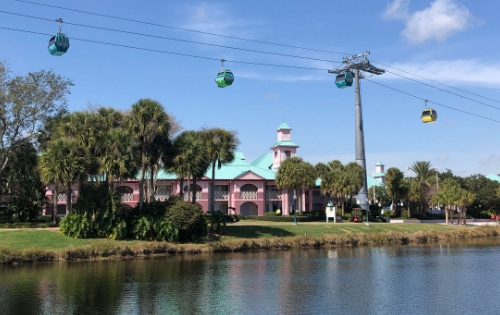
4 Comments
Nanci
I love this! This is close to where my husband grew up, and Abingdon marked for us that we were getting closer too. Great post, pictures, and writing. Thanks for sharing!
Holly
Hi, Nanci! It’s great to hear from a fellow Virginian. Where are you and your husband originally from? My parents grew up in (and the grandparents we visited lived in) Wise County.
Benjamin click
are there any paranormal groups that visit at night
Holly
Abingdon offers guided tours (they own the cemetery), but I didn’t see any information about paranormal tours or groups during our visit.